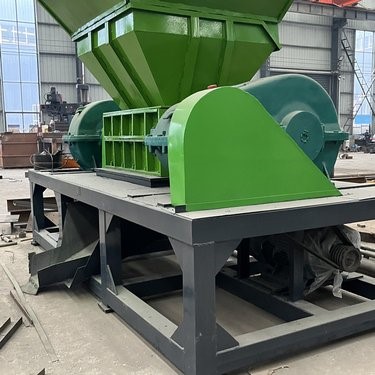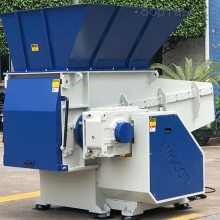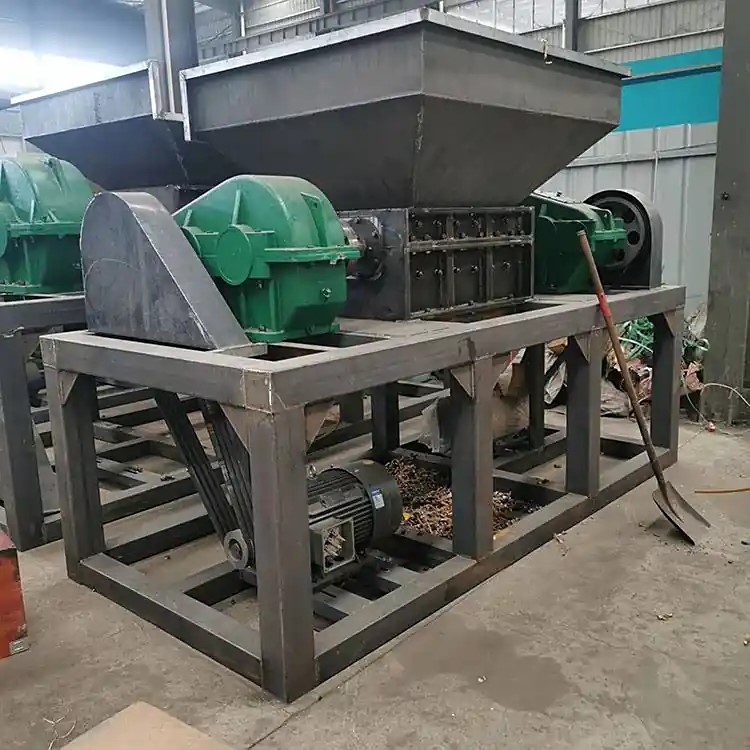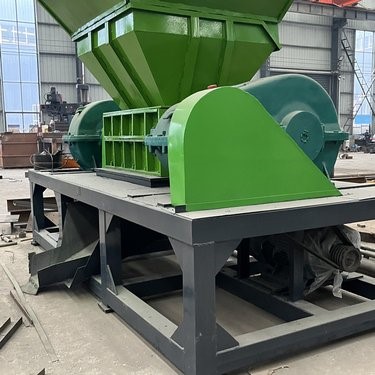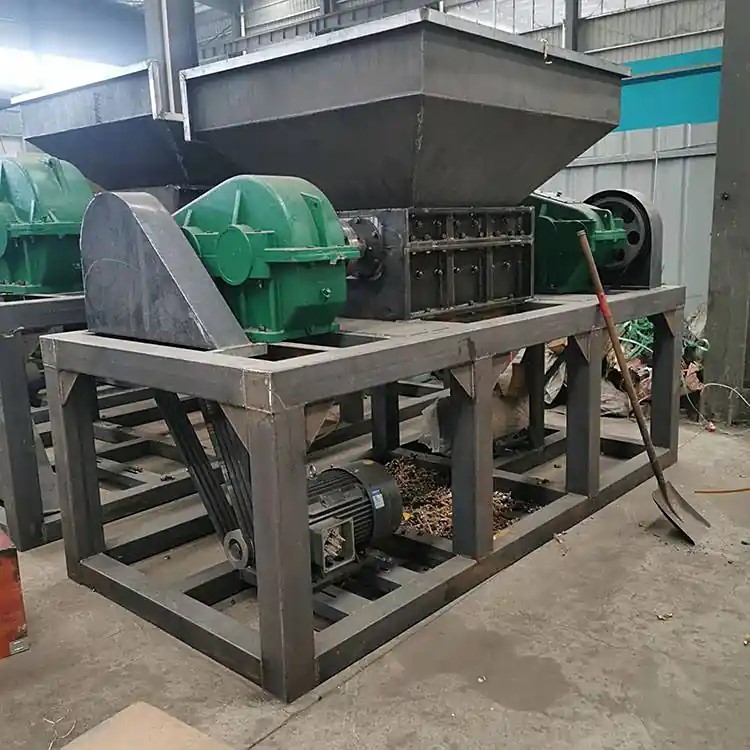Heavy - Duty Solid Waste Crusher
Significant volume reduction effect: Can crush large solid wastes into small pieces, reducing storage space and transportation costs, and facilitating subsequent processing.
Improve resource recovery rate: Help separate and extract recyclable components in solid wastes, increase utilization rate, and promote circular economy.
Strong adaptability: Can handle various types of solid wastes, cope with materials of different hardness and shapes, and meet diverse needs.
Facilitate environmental protection treatment: Crushed solid wastes are easier to be harmlessly treated, reducing pollution risks.
High degree of automation: Automatic feeding, crushing and discharging, reducing manual work, improving efficiency and lowering contact risks.
Stable and reliable operation: Key components are wear-resistant and impact-resistant, with low failure rate and long service life, ensuring continuous operation.
Solid waste crusher is a key equipment in solid waste treatment. It can crush domestic waste, construction waste, industrial solid waste, medical waste, garden waste and biomass waste, creating conditions for subsequent treatment and resource recycling, and improving treatment efficiency and utilization rate.
Machine Body: Welded with high-strength steel, it supports the operation of the equipment, bears impact and vibration, and ensures stability.
Crushing Mechanism: As the core component, it varies with machine types. Shear type mainly consists of cutter shafts and cutters; hammer type is equipped with rotors and hammers.
Feeding and Discharging Devices: Feeding is done by belt conveyors, etc., to ensure uniform feeding; discharging devices discharge materials in time, and some are equipped with screens to control particle size.
Transmission System: Composed of motors, reducers, etc., it transmits power to ensure the stable operation of the crushing mechanism.
Control System: Mostly adopts intelligent control, realizing automatic operation, monitoring operating parameters and ensuring safety.
IV. Technical Parameters (taking common dual-shaft crushers as an example)
| Model | Feed port size (mm) | Capacity (t/h) | Particle size of discharge (mm) | Motor power (kw) |
| SRD - 600 | 600×500 | 3 - 5 | 50 - 100 | 22×2 |
| SRD - 800 | 800×600 | 5 - 10 | 50 - 100 | 30×2 |
| SRD - 1000 | 1000×800 | 10 - 15 | 50 - 100 | 45×2 |
| SRD - 1200 | 1200×1000 | 15 - 20 | 50 - 100 | 55×2 |
Domestic waste treatment: After crushing, it is convenient for sorting and recycling, improving the efficiency of incineration and landfilling.
Industrial solid waste treatment: Recover valuable resources, assist in harmless disposal, and reduce pollution.
Medical waste treatment: Crush to reduce volume, and cooperate with subsequent processes to ensure safe disposal.
Garden waste treatment: The crushed materials can be used as mulch or biomass fuel.
Biomass waste treatment: Used to make fuels, fertilizers, etc., promoting resource recycling.

